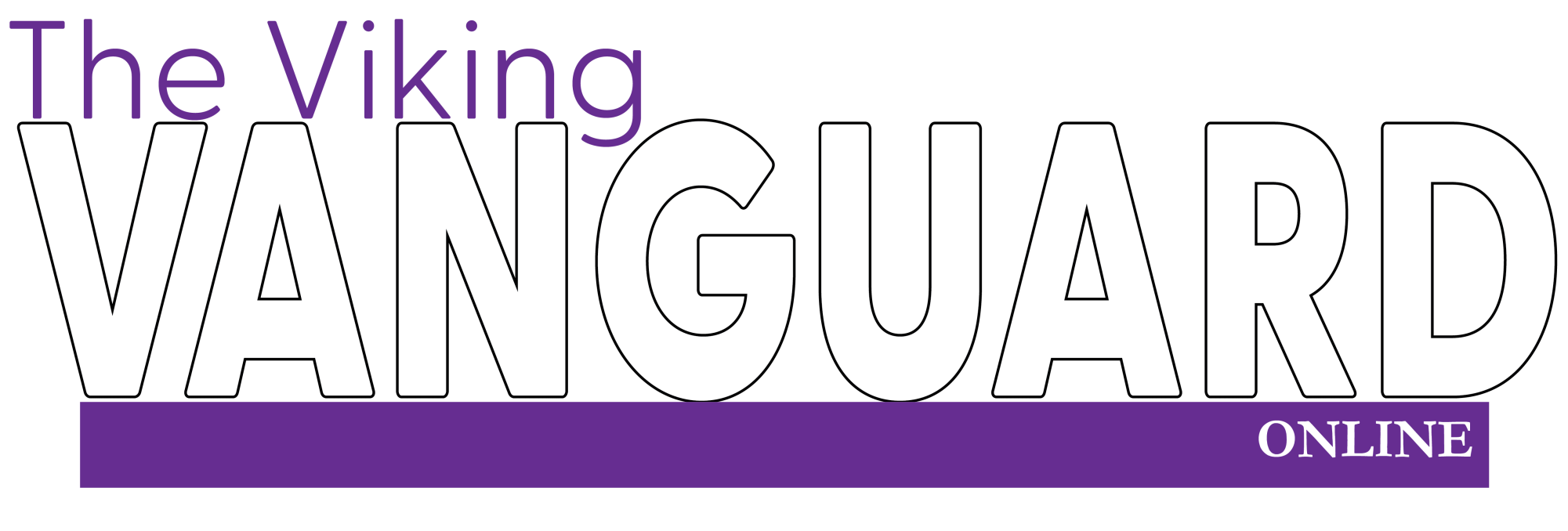A new graduation requirement impacting the Class of 2026 and beyond begins to affect course scheduling starting next school year.
A semester-long Financial Literacy course is open to juniors and seniors to meet the new Puyallup School District requirement. The Puyallup School Board approved the credit in March 2022.
Students need to pass the semester course or pass an equivalency exam to earn the credit. Other ways to earn the credit are taking certain Running Start courses at Pierce, Green River or Highline Community Colleges. There are also external online courses that cost extra that students could take to meet the requirement.
Financial literacy teacher Yesica Pak says that student’s needs are different when it comes to their education and that the different educational pathways may impact student choices regarding the new credit.
“So as much as I want everybody to take it, I do think that having an option for certain situations is okay,” Pak said.
Lexie Raymond, an incoming freshman, believes that having financial literacy required is a good thing for PHS students.
“It helps you learn how to work with financial stuff in the future,” Raymond said.
The course will cover topics like behavioral economics, budgeting, consumer skills, paying for college, taxes and more.
“Everything from credit, banking, insurance, investing, is pretty much fair game for the opt out exams,” Pak said.
Riley Saxowsky, a sophomore, believes that an opt out test is beneficial for students as an option.
“Financial literacy is a very valuable skill for people to know. And it’s going to be really good for preparing people for the future after high school,” Saxowsky said.
Whether it is intentionally done or not, Pak believes that a large part of how students typically learn about financial literacy is from their environment.
“A lot of our environment and our upbringing is really going to shape how we feel about finances. And the opinions and the thoughts that we have about learning about finances,” Pak said.
With the help of his parents, Saxowksy also holds some knowledge of financial literacy that he has gained outside of school such as interest.
”Also just how debit cards, and how money management should be done and savings,” Saxowksy said.
Overall, Pak thinks that the main goal of the financial literacy class is to understand the potential impacts students have early on in life outside of high school.
“If you make big mistakes at 18, you are going to be paying for those big mistakes until you are in your mid 20s. So, I want them to know that, and understand that, so that they think twice before getting into a tricky situation,” Pak said.
Saxowksy believes that a financial literacy course should strive to teach basic financial knowledge that students can use once they leave high school.
“Whether that is how to do taxes, or different types of like scholarships that you may find,” Saxowksy said.
When it comes to what a financial literacy course should achieve, Raymond believes it should teach the basics of how to properly manage your money for the future.
“Teach how to do your taxes, how to cash checks, things like that,” Raymond said.

